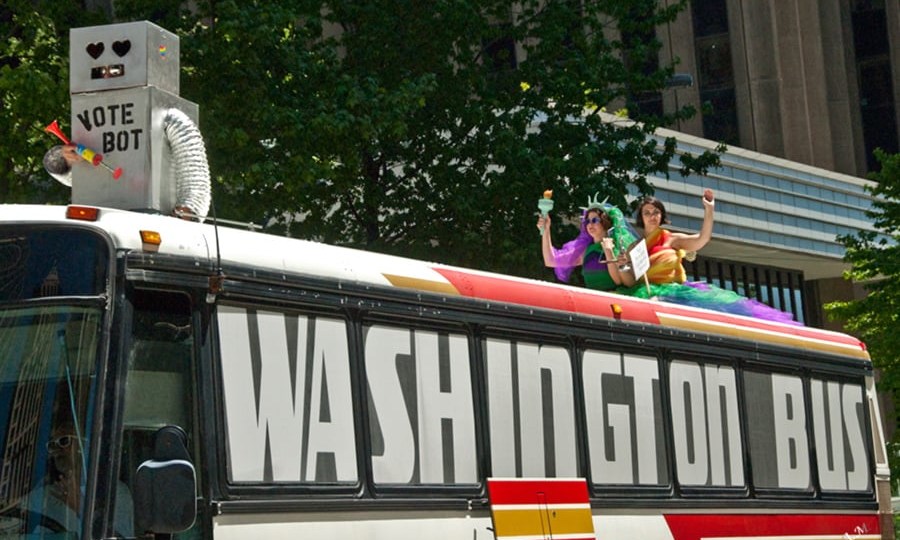
In 2020, Washington had one of the highest turnouts by young voters with 58 percent of eligible 18 – to -29-year-olds casting ballots. But without a national ticket on the ballot, can that level of participation be sustained?
Washingtonians live in a state not mired in efforts to suppress voting. Unlike what is happening in Texas, Florida and other generally “red” states, Washington is among those states that has adopted measures to expand, not restrict, voting participation. With pre-registration for 16- and 17-year-olds, automatic voter registration, same day registration, and more ballot drop boxes, the state experienced a 17-point increase in turnout by young voters last year.
Nationwide, New Jersey had the highest level of young voter turnout in 2020 with 67 percent, followed by Minnesota 65 percent, Colorado 63 percent and Oregon 59 percent. California had a respectable 54 percent youth turnout. By contrast, some of the lowest youth turnouts were in South Dakota (32 percent), Oklahoma (34 percent) and Arkansas (35 percent). Although, according to CIRCLE (Center for Information & Research on Civic Learning and Engagement) at Tufts University, no state saw a decrease in 2020.
Recently, I researched efforts aimed by Republican-controlled state legislatures to suppress youth voting. The 2020 record youth turnout has fueled a backlash by those in power who think they are more likely to stay in power if fewer young people and fewer people of color vote. Voting rights advocates across the country are pushing hard for passage of federal legislation (For the People Act and John Lewis Voting Rights Advancement Act) that would rein in these suppressive measures.
Passage of those bills may remain a longshot, but young organizers aren’t just sitting back and waiting. For example, the Alliance for Youth Action has built a network of organizations in some 20 states led by young people working to make sure their peers are able to register to vote and cast their ballots.
Mississippi Votes is part of that network. Arekia Bennett, its executive director, told me that her organization has volunteers on every campus in the state and also seeks out young voters online and off campus at concerts and other venues. She says Mississippi Votes focuses on “people being able to have access to the very foundation of our democracy.”
Bennett says young voters in Mississippi face multiple challenges like the closing or last-minute moving of polling places and hurdles to casting absentee ballots. Even in Washington with our voter friendly laws, getting young citizens to register and cast their ballots takes a lot of hard work. Washington Bus, founded in 2007, reports that its team made 14,462 phone calls to voters in 2020 and sent 351,703 text messages. As it says on its site: “Our democracy works best when everyone can participate.”
Another organization helping to motivate young Washington voters is Feel Good Action. It works with influencers on social media to tap into their followers with voting messages that link to tools making it easy to register, get a mail-in ballot or find a polling place.
But the challenge remains for all these voting rights groups to convince young voters (and older ones) that elections matter even when there is no presidential race. For example, of the 1.4 million registered voters in King County, only 34.37 percent voted in the August 3 primary. The City of Seattle had the best turnout in the county, at 42.64 percent.
That’s why organizations like Rock the Vote are working to show young voters why they need to show up for every election.
“A lot of the issues that young people care about are often decided at the local and state level,” says Carolyn DeWitt, president and executive director of Rock the Vote, an organization founded three decades ago to turn out the youth vote. “There is no offseason when it comes to our democracy. We have to be participants electing our leaders at every level of government.”
